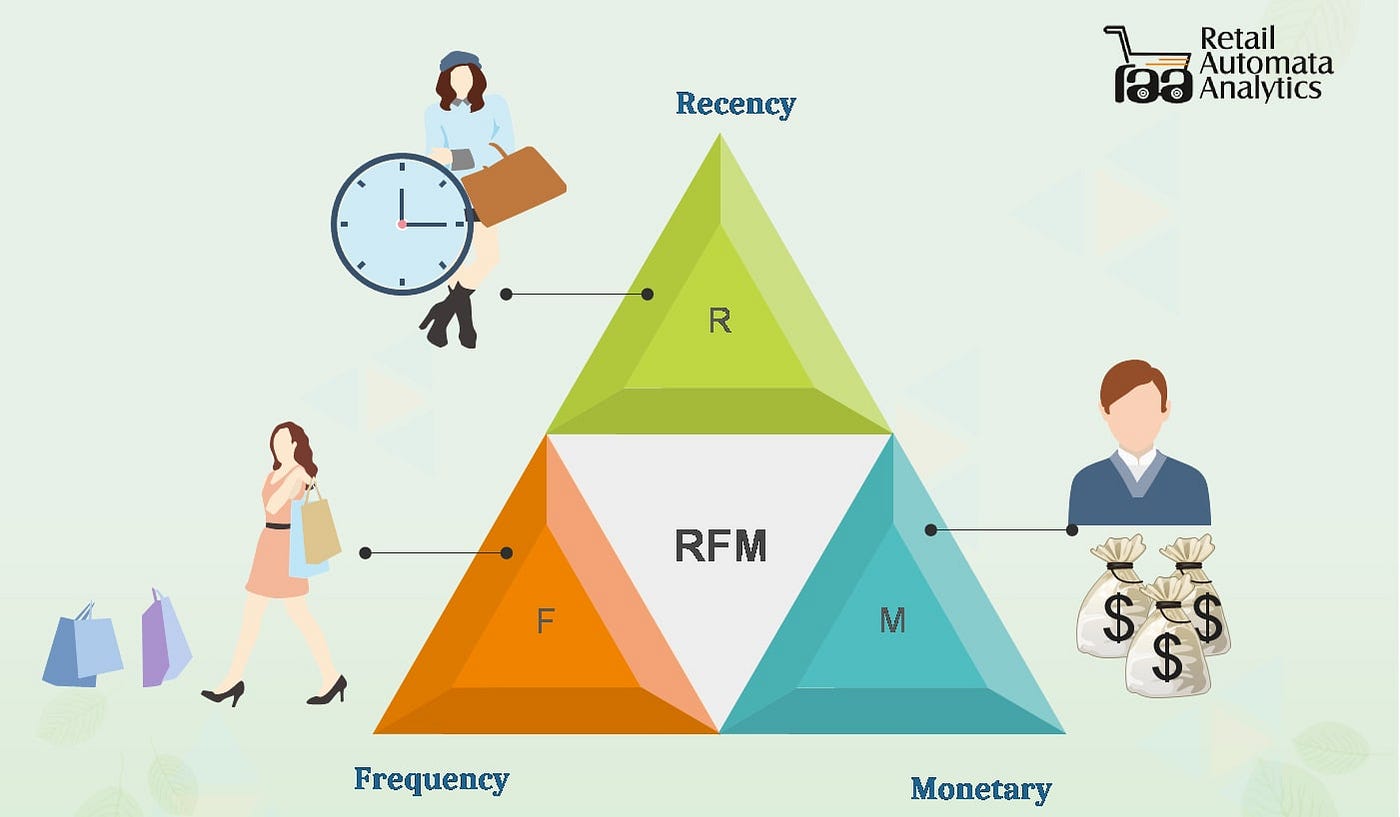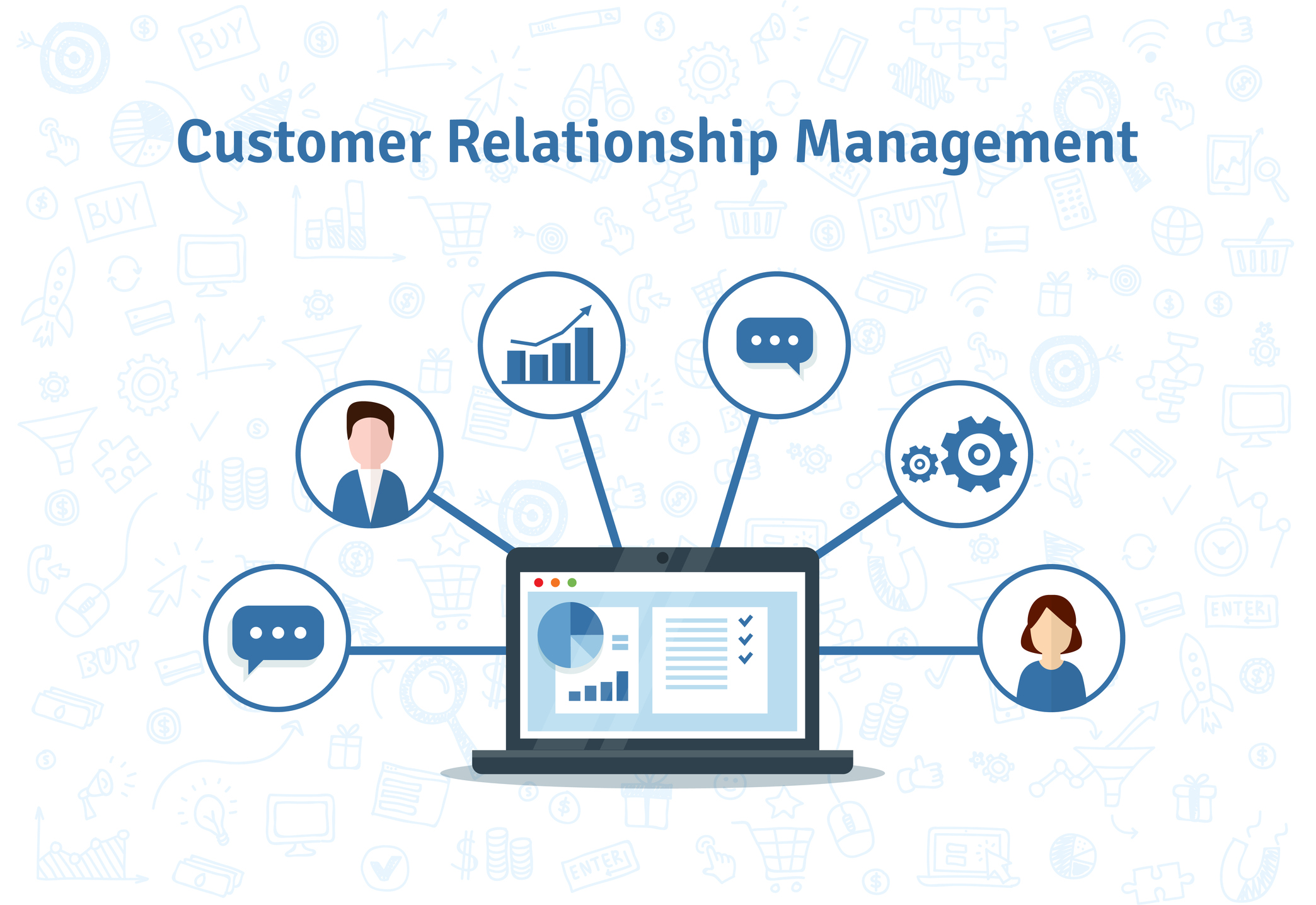The Role Of CRM Analytics In Customer Segmentation
The Role of CRM Analytics in Customer Segmentation

In today's competitive business landscape, understanding your customers is more crucial than ever. One effective way to gain a deeper understanding of your customers is by leveraging CRM (Customer Relationship Management) analytics in customer segmentation. The Role of CRM Analytics in Customer Segmentation is vital in helping businesses uncover valuable insights about their customers, personalize their marketing efforts, and drive revenue growth.
What is CRM Analytics?
Before diving into the role of CRM analytics in customer segmentation, let's first define CRM analytics. CRM analytics is a set of tools and techniques used to analyze and interpret customer data from various sources, such as customer interactions, purchases, and feedback. The primary goal of CRM analytics is to provide businesses with actionable insights about their customers, enabling them to make informed decisions about marketing, sales, and customer service.
The Importance of Customer Segmentation
Customer segmentation is the process of dividing a customer base into distinct groups based on their characteristics, needs, and behaviors. By segmenting your customers, you can tailor your marketing efforts to specific groups, increasing the effectiveness of your campaigns and the likelihood of conversion. The Role of CRM Analytics in Customer Segmentation is crucial in this process, as it enables businesses to analyze customer data and identify patterns and trends that inform segmentation.
Benefits of CRM Analytics in Customer Segmentation
So, what are the benefits of using CRM analytics in customer segmentation? Here are some of the most significant advantages:
-
- Deeper Customer Insights: CRM analytics provides businesses with a wealth of data about their customers, including demographic information, purchase history, and behavior. By analyzing this data, businesses can gain a deeper understanding of their customers' needs and preferences.
- More Effective Marketing: With CRM analytics, businesses can create targeted marketing campaigns that speak to the specific needs and preferences of each customer segment. This leads to higher conversion rates and increased revenue.

- Improved Customer Experience: By understanding their customers' needs and preferences, businesses can tailor their products and services to meet those needs, leading to increased customer satisfaction and loyalty.
- Enhanced Personalization: CRM analytics enables businesses to personalize their marketing efforts and customer experiences at scale, leading to increased engagement and conversion.
Types of Customer Segmentation
There are several types of customer segmentation, including:
-
- Demographic Segmentation: This type of segmentation involves dividing customers into groups based on demographic characteristics, such as age, gender, and income level.
- Behavioral Segmentation: This type of segmentation involves dividing customers into groups based on their behavior, such as purchase history and engagement with marketing campaigns.
- Firmographic Segmentation: This type of segmentation involves dividing customers into groups based on their company characteristics, such as industry, company size, and job function.
- Need-Based Segmentation: This type of segmentation involves dividing customers into groups based on their needs and preferences.

How to Use CRM Analytics for Customer Segmentation
So, how can businesses use CRM analytics for customer segmentation? Here are some steps to follow:
- Collect and Integrate Data: Collect customer data from various sources, such as CRM systems, marketing automation platforms, and social media platforms. Integrate this data into a single platform, such as a data warehouse or data lake.
- Analyze Customer Data: Use CRM analytics tools to analyze customer data and identify patterns and trends. Look for correlations between different data points, such as demographic characteristics and purchase behavior.
- Identify Customer Segments: Based on the analysis, identify distinct customer segments. These segments should be specific, measurable, accessible, relevant, and actionable (SMART).
- Develop Targeted Marketing Campaigns: Create targeted marketing campaigns that speak to the specific needs and preferences of each customer segment. Use CRM analytics to track the effectiveness of these campaigns and make adjustments as needed.
Tools and Techniques for CRM Analytics
There are several tools and techniques that businesses can use for CRM analytics, including:
- Data Mining: This involves using statistical techniques to identify patterns and trends in customer data.
- Predictive Analytics: This involves using statistical models to predict customer behavior and preferences.
- Decision Trees: This involves using visual representations of decision-making processes to identify patterns and trends in customer data.
- Cluster Analysis: This involves grouping customers into clusters based on their similarities and differences.
Best Practices for CRM Analytics in Customer Segmentation
Here are some best practices for using CRM analytics in customer segmentation:
- Use Multiple Data Sources: Use multiple data sources to get a comprehensive view of customer behavior and preferences.
- Use Advanced Analytics Techniques: Use advanced analytics techniques, such as predictive analytics and decision trees, to identify patterns and trends in customer data.
- Continuously Monitor and Refine: Continuously monitor and refine customer segments to ensure that they remain relevant and effective.
- Use CRM Analytics to Inform Business Strategy: Use CRM analytics to inform business strategy and make data-driven decisions.
Challenges and Limitations of CRM Analytics in Customer Segmentation
While CRM analytics can be a powerful tool for customer segmentation, there are several challenges and limitations to consider. Here are some of the most significant:
- Data Quality: Poor data quality can lead to inaccurate insights and ineffective segmentation.
- Data Integration: Integrating data from multiple sources can be challenging and time-consuming.
- Complexity: CRM analytics can be complex and require specialized skills and expertise.
- Data Overload: Too much data can be overwhelming and lead to analysis paralysis.
Conclusion
In conclusion, The Role of CRM Analytics in Customer Segmentation is crucial in helping businesses understand their customers and drive revenue growth. By leveraging CRM analytics, businesses can gain a deeper understanding of their customers, personalize their marketing efforts, and increase conversion rates. While there are challenges and limitations to consider, the benefits of CRM analytics in customer segmentation far outweigh the costs. By following best practices and using advanced analytics techniques, businesses can unlock the full potential of CRM analytics and drive significant revenue growth.

Comments
Post a Comment